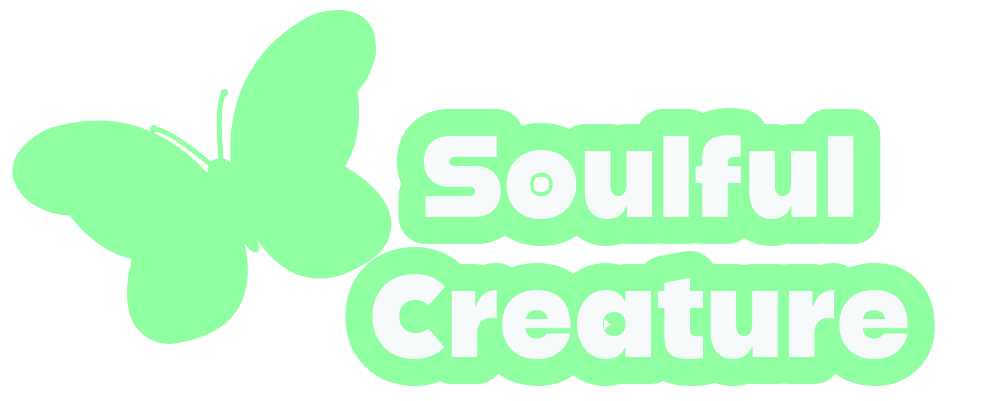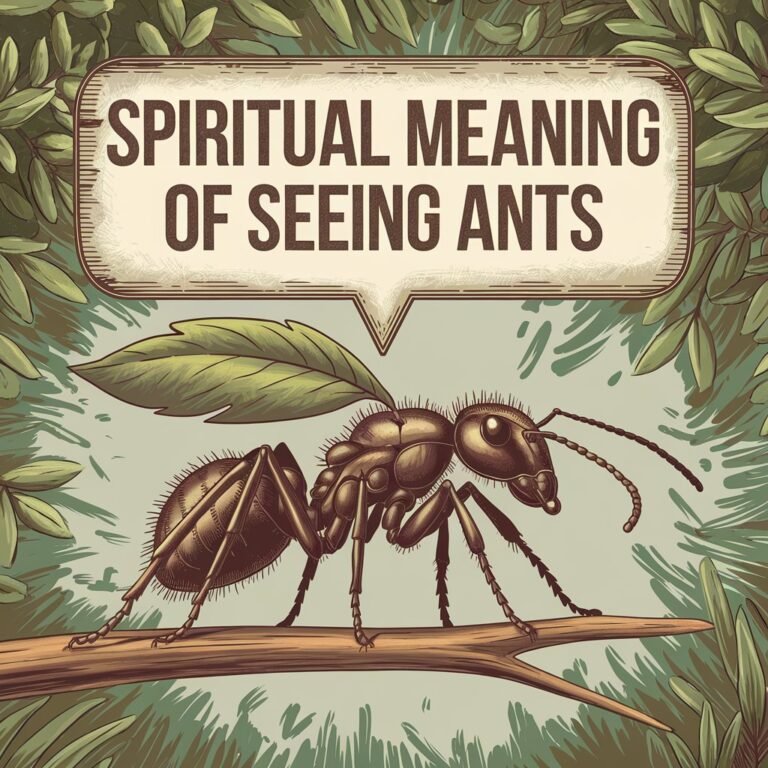10 Spiritual Meanings of Kintsugi: Broken Beauty
Kintsugi teaches us that being broken is not the end. It can be a beautiful start. Each line and crack on a piece tells a story. These marks remind us that flaws can create something amazing.
When we think about Kintsugi, we begin to see that every flaw can bring us strength. Imagine if your own imperfections help show the richness of your life story. It might be time to look at them in a new way and find the beauty hidden within.
Let’s discover this together and celebrate the unique tales our scars share.
A Quick Overview
Kintsugi is all about finding beauty in things that are broken. It teaches us to accept our flaws and see them as part of our story.
The gold in Kintsugi highlights the cracks and scars. It shows that we can be strong and grow from the tough times we face.
Kintsugi also reminds us that healing is about being open. When we share our struggles, we can connect more deeply with each other.
This art helps us see how challenges can change us for the better. It shows that hard times can lead to personal growth and a more meaningful life.
Each Kintsugi piece is unique, just like each person is different. Our unique traits add to the beauty of humanity.
Embracing Imperfection
How do we deal with our flaws?
You’re on a journey to love yourself. You learn that your imperfections tell a story. They shape who you are. Each scar and crack shows that you’re strong, even in your vulnerability.
Instead of hiding your flaws, try to embrace them. That’s where you find your true self.
When you let go of unrealistic expectations, you feel free. You allow your true self to shine bright. Each step forward helps you see beauty in the messiness of life.
Acceptance replaces shame. Remember, you aren’t alone in this. We all struggle with our imperfections. This shows how much we need to connect with one another.
By accepting your flaws, you invite others to be real too. You can turn your wounds into beautiful art.
This journey of self-acceptance is a shared experience. Together, we can celebrate our unique stories and grow stronger.
The Beauty of Scarred Memories
Embrace your imperfections. They help you find the beauty in your scarred memories. Each scar has a story to tell. This story is part of your life, filled with unforgettable moments and valuable lessons.
Your past isn’t just about pain; it’s about resilience and strength. Everyone carries their scars like badges of honor. These scars connect us. They help us feel compassion and understanding from others who share similar experiences.
When you acknowledge your scars, you take back your story. You celebrate life’s ups and downs.
Your journey is unique, but it also invites connection and belonging. Remember, it’s okay to be beautifully flawed.
Healing Through Vulnerability
Being vulnerable can lead to deep healing. When you let your guard down, you start to learn more about yourself. By sharing your feelings, fears, hopes, and past hurts, you connect more with others. This connection makes you feel less alone.
Crying or opening up about what’s hard for you shows strength. Each story you share helps you feel closer to those who also need support. You start to see that it’s okay to feel broken at times. In those broken places, you find your true self and what makes you authentic.
Healing isn’t a one-time thing. It’s a journey of love and acceptance, and every step you take helps you grow. Embrace your feelings, and remember, you’re not alone on this path.
Transformation and Growth
Life can be tough sometimes, and that’s okay. When we see the cracks and scars in our lives, we can start to grow and change. Each part of our story helps make us who we are.
- Know Your Struggles – Every crack in your life has a story to tell.
- Find Connections – Talk to others about your experiences. It helps you feel less alone.
- Build Strength – Turn your pain into something powerful.
- Celebrate Small Steps – Every little victory adds to your amazing journey.
The Interconnectedness of Life’s Experiences
Life is like a big blanket made of many different threads. Each thread is a moment, some happy and some sad. You mightn’t see how they all connect, but they do. There’s beauty in the messy parts of life. When you feel heartache, there’s often a lesson to learn. Every time you face a tough time, you can grow stronger and wiser.
As you go through life, remember that the things you experience help you understand yourself better. The connections you make with others also matter. In these moments, you’ll see that you’re not alone. We all share this journey together.
Life is a mix of good and bad moments, but that’s what makes it so special. Each experience helps shape who you are, and every story adds to the beauty of our lives.
Finding Strength in Adversity
You can find strength in tough times. When you face challenges, you often discover a deep strength within yourself that you didn’t know you had. Each struggle builds your resilience and teaches you valuable lessons.
By embracing your journey with an open heart, you can see everything from a new perspective.
Here are some simple steps you can take:
- Acknowledge your pain — It’s important to recognize what you’re going through.
- Reflect on lessons learned — Look for the wisdom in your challenges.
- Lean on your support system — Talk to people who care about you and understand your feelings.
- Celebrate small victories — Every little success is a step towards greater strength.
Celebrating Individuality
Embracing your uniqueness is important. Individuality isn’t just a characteristic; it’s a mix of experiences that shape who you are. Each experience adds a thread to your personal story, combining happy times with lessons learned from tough moments.
Expressing yourself allows you to share how you see the world. When you show your true self, you invite others to understand your view. By loving your differences and passions, you create a bright picture where everyone’s uniqueness is celebrated.
Remember, life is beautiful because of our differences. Each person’s voice adds to the wonderful song of humanity.
The Art of Acceptance
As you learn to accept yourself, you’ll find that acceptance helps you through life’s ups and downs. This simple act of acceptance can lead to healing and finding real connections with others.
- Value Your Journey: Every step, twist, and turn is part of your story.
- Use Art to Express Yourself: Get creative! Let your artwork show who you are.
- Share Your Feelings: Let yourself cry or laugh; it helps lighten your heart.
- Be Kind to Yourself: Treat yourself like you’d treat a good friend—with care and understanding.
In this safe space of acceptance, you can stitch your broken pieces together into a beautiful picture, showing how strong your spirit is.
Resilience as a Pathway to Wholeness
When you accept the cracks and flaws in your journey, resilience becomes your strong friend on the way to feeling whole.
In tough times, you make room for growth and build a strong mindset. Each challenge shows your strength and helps you move forward in your journey to wholeness.
You find beauty not just in perfection, but in the stories marked on your heart.
When you learn to embrace your scars, you feel a sense of belonging. You realize that many people share this experience of being broken and beautiful.
In this mix of weakness and strength, every piece of you has the chance to heal and creates a story that’s true to who you are.
Seeing Value in Brokenness
Embracing your brokenness can show you hidden value. It helps you see the beauty beneath the surface. Your life experiences, with their ups and downs, shape who you are. When you see worth in your scars, your view of value changes.
Here are some thoughts to remember:
- Healing Lessons: See each break as a chance to learn. This makes you stronger inside.
- Building Connections: When you share your brokenness, you create bonds with others. It brings people closer together.
- Being Real: Your imperfections show a true beauty that helps others trust you.
- Finding Strength: When you accept that nobody is perfect, you find strength and purpose. This makes your story richer.
Each crack tells a story. Even when you feel broken, you have great value. Let your light shine through those cracks.
Frequently Asked Questions
How Does Kintsugi Relate to Mental Health and Well-Being?
Kintsugi is a special way to see beauty in broken things. It teaches you that your cracks and flaws tell important stories. Each time something is repaired, it shows that we can grow and heal. Embracing our imperfections lets us feel closer to ourselves and others.
When you think about Kintsugi, remember that it’s okay to be vulnerable. Our broken parts can actually make us stronger. They help us connect with others who have been through similar experiences. So, the next time you feel down about a mistake or a tough time, think of Kintsugi. It reminds us that we can find beauty in our struggles and continue to shine.
Can Kintsugi Be Practiced on Everyday Objects at Home?
You can totally try Kintsugi at home with everyday stuff. Take a chipped mug or a cracked bowl and fix it. You’ll change those pieces into something special that shows your own story of strength. Enjoy the process of mending and creating!
What Materials Are Traditionally Used in Kintsugi Repairs?
When you do kintsugi, you use gold lacquer to put the broken pieces of a ceramic item back together. This special lacquer helps the fragments stick. Each repair shows that even broken things can become beautiful. Kintsugi teaches us to see beauty in our mistakes and remind us of our journey. It’s like turning flaws into art!
Are There Specific Cultural Origins for Kintsugi Techniques?
Kintsugi comes from Japan. It is an art that shows how to fix broken pottery. Each repair tells a story. Instead of hiding cracks, kintsugi highlights them. This makes the pottery unique and beautiful. It reminds us to appreciate our own imperfections and the experiences that shape us.
How Can Kintsugi Inspire Personal Art or Creative Expression?
Kintsugi shows us how to take broken things and make them beautiful. It teaches us that our flaws can be a part of who we are. When we create art, we can turn our pain into something special and personal.
Embrace your mistakes. Let them tell your story. Whether you draw, paint, or write, use your experiences to inspire you. Your art can become a way to connect with others. When you share your art, you share a piece of yourself.

Sofia Phillips is a renowned spirituality expert and the visionary behind SoulfulCreature.com. With a compassionate heart and an enlightened mind, Sofia embarks on a quest to guide others through the realms of spirituality. Her approach is deeply rooted in providing a nurturing and positive experience, allowing individuals to explore and grow in their spiritual journey.






